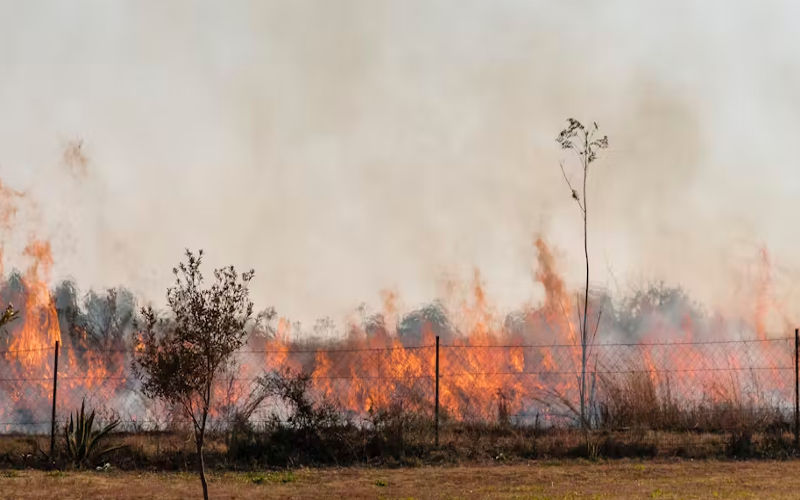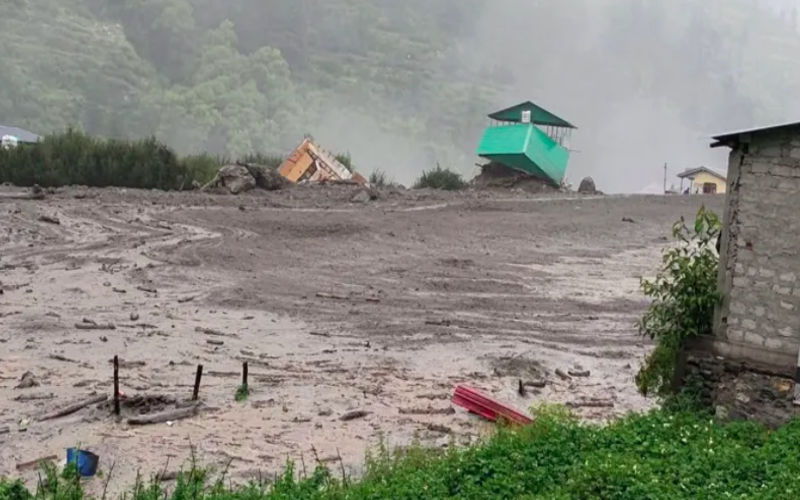South African researchers warn exotic plants increase risk of urban wildfires

Exotic species that combine large, thin leaves with tall, woody growth and high retention of dry or dead foliage are of particular concern.
A new study by researchers at the University of Cape Town (UCT) in South Africa has found that certain exotic plants may intensify the risks of urban wildfires.
According to a recent statement issued by UCT, the research was conducted following the devastating Table Mountain fire in April 2021, during which UCT's historic Jagger Library, home to precious archival material, was gutted, with other buildings affected.
More To Read
- South Africa starts radioactive isotopes injection to fight rhino poaching
- South African President Cyril Ramaphosa places police minister on leave amid criminal allegations
- Coach Jerome Paarwater unveils final squad for 2025 Rugby Africa Cup
- South African court halts burial of Zambia’s ex-president Edgar Lungu
- Zambia files petition to postpone ex-president Edgar Lungu’s burial in South Africa
- Ex-President Edgar Lungu to be buried in South Africa as family snubs State Funeral in Zambia
The fire, fuelled by strong winds and dry vegetation, had burned for approximately four days and destroyed around 3,000 hectares on Table Mountain, with many having to evacuate their homes.
The study, titled "Time to Extinguish the Exotic Flame: Lessons from the 2021 Cape Town Fire," highlighted how plant leaf traits, particularly in ornamental exotic species, influence the speed and intensity of vegetation burning.
Muthama Muasya, the study's senior author and an internationally recognised plant taxonomist and evolutionary biologist, said that while laboratory tests alone cannot fully predict how plants behave in real-world fires, they offer valuable insight into key characteristics that influence ignition, burn duration and intensity.
The researchers analysed 42 plant species -- 22 native and 20 exotic -- focusing on traits such as leaf thickness, surface area, and specific leaf area, finding that plants with thin leaves and a larger surface area per unit mass ignited more quickly, while species with thicker leaves burned for longer periods.
"Exotic species that combine large, thin leaves with tall, woody growth and high retention of dry or dead foliage are of particular concern. These characteristics dramatically increase combustibility and the ability to trap burning embers, especially under windy conditions," said Muasya.
"We call for a shift in how cities approach green infrastructure, urging city officials, landscapers and property owners to prioritise native species with lower flammability. We also stress the importance of raising public awareness about the hidden fire risks posed by attractive but hazardous plants," he added.
The full study will be published in the September issue of the South African Journal of Botany.
Top Stories Today
Reader Comments
Trending














































